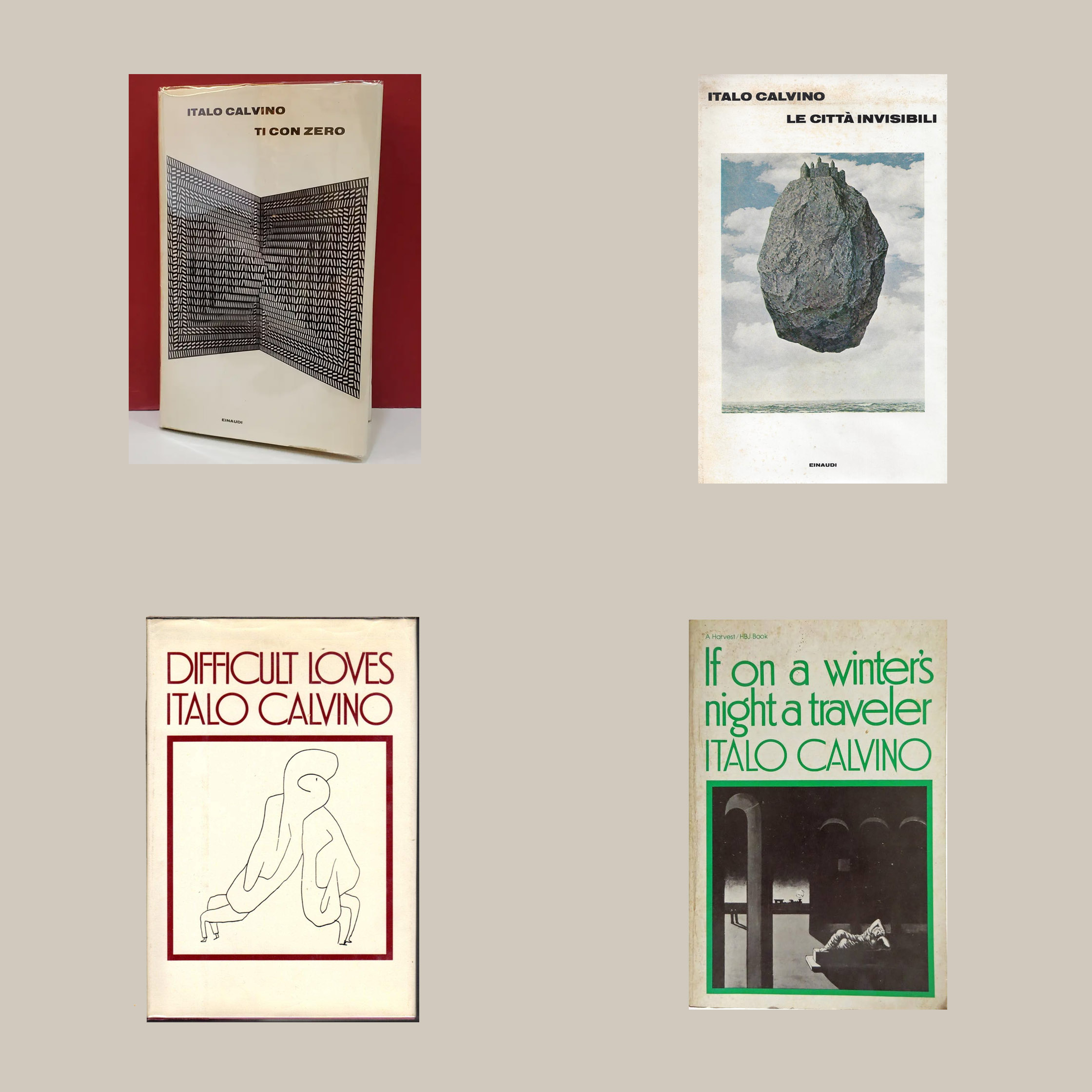- Studio Dirt
- Posts
- Barnes & Noble’s indie rebrand
Barnes & Noble’s indie rebrand
With parallels to nonprofit movie theater initiatives.
A correction to yesterday’s newsletter: we mistakenly identified Alastair Campbell as a controversial Tory politician. He is a controversial former Labour spokesman. Thank you to our readers that wrote in with corrections.
In today’s Dirt: Paula Mejía on the new face of an old chain.

I didn’t recognize it the first time. I’d driven across town to check out a new Barnes & Noble outpost in Santa Monica, which reopened a block away from a B&N that closed in 2018. But as I strolled down the Third Street Promenade, a beleaguered outdoor mall, I walked right past the B&N without realizing it.
When I doubled back to find it, I couldn’t believe what was in front of me. The chain’s new stores look nothing like the B&Ns of my youth—the big box grayscale-core endemic in the early aughts, all sprawling square footage and blistering fluorescent overhead lights, with a global coffeehouse aesthetic anchored by the omnipresent Starbucks cafe inside the store.
Stepping inside, I was greeted by a small, round table brimming with neatly-stacked titles of note (Including Kaveh Akbar’s Martyr! and Henry Hoke’s Open Throat, a queer reimagining of LA’s fallen mountain lion turned city icon P-22), with a central floral bouquet so convincing I only realized it was fake when I touched it. A rightward wall featured books about the immediate beachside environs of Santa Monica, alongside historical books about LA power brokers. Tiny cards handwritten by that location’s employees recommended novels, memoirs, and nonfiction under cozily-lit new and noteworthy shelves. The shelf-talker for Sally Rooney’s Intermezzo read: “We meet two brothers divided by irreconcilable differences but both struggling with the same question…under what conditions is life endurable?”
I didn’t expect the new Santa Monica store to feel so starkly reminiscent of New York City’s McNally Jackson
I’d heard that James Daunt, the UK bookselling magnate known for shifting the fortunes of Waterstones, had drastically reconfigured B&N’s design to take a cue from the intimacy of indie bookstores. (Though I didn’t expect the new Santa Monica store to feel so starkly reminiscent of New York City’s McNally Jackson in a physical sense, which others have also noted.)
Much ink has been spilled about Daunt encouraging individual locations of the book behemoth to curate displays reflecting the interests of their specific communities. Handwritten staff picks like the ones in the Santa Monica store have historically comprised the bulk of indie bookstores’ week to week bestsellers, says Cody Madsen, the Vice President of Operations at New York City indie bookseller, Book Culture. Barnes & Noble’s Senior Director of Book Strategy, Shannon DeVito, explains that the chain is now “really focused on building stores in all of these areas, creating career tracks for booksellers, and becoming community centers. A lot of it is at the discretion of what's going to appeal to the neighborhood.”
It’s a stark contrast to years past, when there was a specific blueprint for how to arrange books on the octagon-esque piece display at the front of the store. “All of the buying would come from the home office, and then on top of that they used to actually send a planogram picture of ‘here's what this display should look like,’” says a former Barnes & Noble bookseller who now works at Penguin Random House.
B&N’s new curation directive seems to be working. The book behemoth is currently on track to open 60 new stores later this year, twice as many as it did in 2023. While the chain isn’t bringing in as many day one sales as they did a few years ago, they make up for it with high reorder rates and not returning books as frequently to publishers, says the Penguin Random House employee. Five years ago, they say B&N returned roughly between 12-15% of books to the publisher; last year that number was less than 5%. “It just seems to be a much better system in place,” they add.
Five years ago, they say B&N returned roughly between 12-15% of books to the publisher; last year that number was less than 5%.

Strikingly, B&N also seems to have transcended being seen as the boogeyman. The New York Times even declared that since Daunt and co took the helm in 2019, Barnes & Noble has undergone an identity shift from villain to hero for indie booksellers.
These days, B&N does occupy a critical role in the bookselling ecosystem, says Chris Molnar, the co-founder of Archway Editions who also co-launched Las Vegas’s first indie bookstore, The Writer’s Block, in 2014. “That You've Got Mail dynamic has been gone for at least since I've been a bookseller,” says Molnar, who now works at Brooklyn’s Powerhouse. “You need them as a publisher, you need them to have that front table, you need them to have a place where people can browse all over America and find a book.”
For pockets of the U.S. that don’t have a wealth of independently-run businesses that specialize in hyper-niche curation, the presence of a place like B&N can be a boon. The power of indie bookstores (the things that make them worth emulating) parallels that of small theaters run by members of their immediate community.
Although the number of movie theater screens has decreased roughly 12% from 2019 to 2023, communities with nonprofit theater initiatives in their respective small towns are thriving, as a recent New York Times story noted. Part of that stems from how independently-run theaters can program what people are looking to see, rather than being at the whims of a Hollywood release schedule. Yet there’s a symbiotic relationship at play, and B&N and indies fulfill different needs. “Amazon became the rallying cry for everyone,” says the Penguin Random House employee. “It's a huge country and there's large parts that don't have a local community store, and B&N fills that need. So to not have that would be a little bit scary.”
The power of indie bookstores (the things that make them worth emulating) parallels that of small theaters run by members of their immediate community.
Still, this indie-inspired facelift belies a corporation. In Santa Monica, B&N’s expansive basement level—bursting with puzzles, games, vinyl, and collectible Lego sets—is interspersed with sizable marketing-approved displays for the Harry Potter franchise and merch from Dog Man, a graphic novel adaptation turned new Universal Pictures movie about a cop and a police dog fusing into a human-dog cop hybrid (Naturally, the dog’s archnemesis, Petey the Cat, is voiced by Pete Davidson.) Barnes & Noble is not owned by Daunt himself but rather the activist hedge fund Elliott Management, which has been in the news lately for the unpopular changes to one of the companies they have a significant stake in, Southwest Airlines. Although B&N’s warmer lighting, intricate displays, and personalized touches may be appealing from an aesthetic standpoint, the nature of its parent company inevitably demands deference to shareholders, not customers.
As much as the COVID years atomized everything in our culture, the time since has revealed that humans don’t just crave occupying a physical space. They want to take part in a ritual, an experience. “It’s not interesting to see books next to each other if it’s a vast thing, or certainly not online, which is part of what Barnes & Noble is trying to replicate more: ‘These things just happen to be next to each other, I feel like I'm discovering something and I'm being included because I'm seeing this curated selection,’” says Molnar. “People are no longer looking for, like, whatever the fuck Dwight Garner wrote about. What they're looking for is what we’ve got on our staff pick shelf, because they're just looking for context. Or something that feels real.”

FROM THE DIRTYVERSE
|
|
|
|
|





